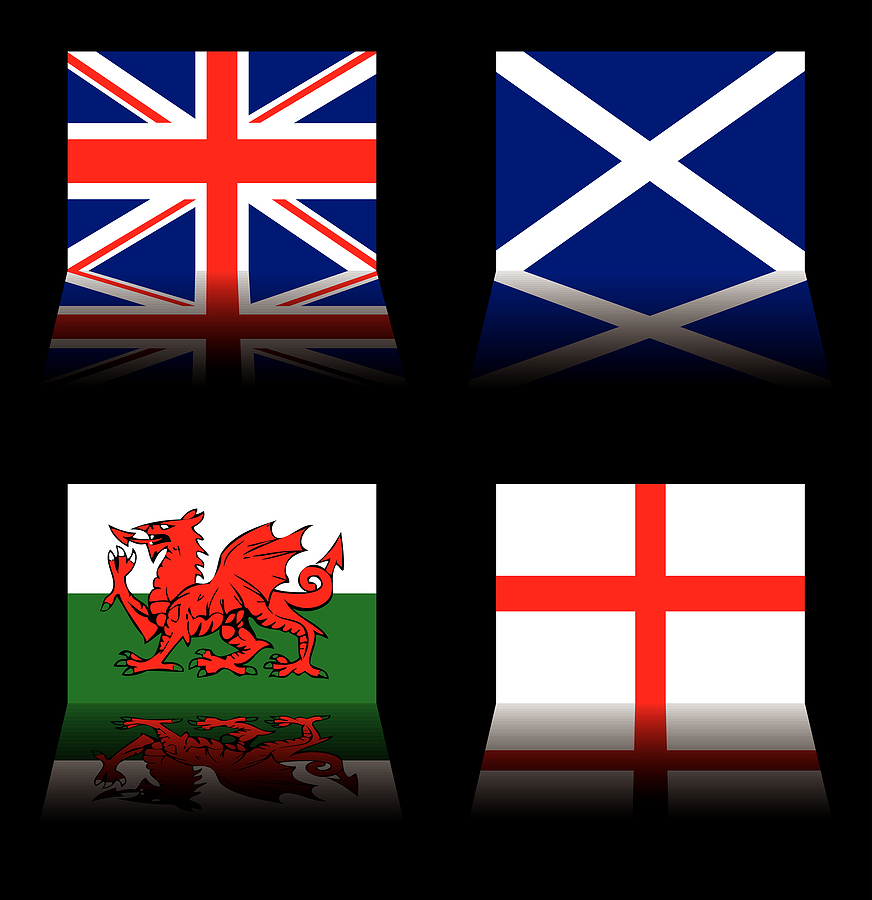It’s important that you understand your tax code, so that you can check you’re paying the correct amount of tax. Your tax code is a quick way for you, your employer, HMRC and your pension provider to understand your tax position.
It communicates:
- How much tax free Personal Allowance you’re entitled to
- The rate of tax you should pay
- Other specific circumstances
As Wales and Scotland gain devolved powers to set their own income tax rates, different tax codes have become necessary. We’ve broken it down into lists for each country, so you can skip to the one that’s relevant to you.
The number part of your tax code
The numerals in your tax code represent the Personal Allowance you’re entitled to.
HMRC have made their usual changes to the Personal Allowance, which means the number in your tax code will be different.
For the 2021-22 tax year, the amount of income you can earn before you need to pay any tax is £12,570 – your Personal Allowance. For most taxpayers, this is shown in your tax code as 1257.
The Personal Allowance amount is the same in England, Northern Ireland, Scotland and Wales, so the number in all tax codes is the same.
Scotland
In Scotland, you’ll find the following letters in your tax code. Anything with ’S’ shows that you’re paying Scottish rates of income tax on your work or pension income.
- SOT: Your new employer doesn’t have what they need to give you a tax code, or you’ve used up all your Personal Allowance
- SBR: Scottish Basic Rate
- SD0: Scottish Intermediary Rate
- SD1: Scottish Higher Rate
- SD2: Scottish Top Rate
Wales
If you live and work in Wales, you pay the Welsh rates of income tax. They are represented by ‘C’ in your tax code. This is because ‘Cymru’ means Wales in Welsh.
- C0T: You’ve used up your Personal Allowance, or your employer needs more details to assign you a tax code
- CBR: Welsh Basic Rate
- CD0: Welsh Higher Rate
- CD1: Welsh Additional Rate
England and Northern Ireland
Tax codes in England and Northern Ireland are the same and refer to the English and Northern Irish income tax brackets.
- OT: You’ve used all your Personal Allowance, you need to give your employer more details to get the right tax code
- BR: Basic Rate
- D0: Higher Rate
- D1: Additional Rate
Tax code letters that may be used in all four countries:
- L: You’re entitled to the standard Personal Allowance
- NT: Not taxed income
- M: Your civil partner or spouse has transferred some of their Personal Allowance to you using the Marriage Allowance
- N: You’ve transferred some of your Personal Allowance to your civil partner or spouse using the Marriage Allowance
- T: You and your employer need to “review some items”
Emergency tax code in 2021-22
If you’ve not got a P45 to take to your new employer, or are taking a job after being self employed, or you’re receiving new company benefits or a state pension – you’ll probably start with an emergency tax code.
In 2021-22, they are 1257L followed by W1, M1 or X.
These are a temporary measure that will be rectified when you are given the correct tax code.


